Petit supermarché Ahyeon (아현슈퍼)
816.0M 2025-03-15
854-7, Dongseohak-dong, Wansan-gu, Jeonju-si, Jeonbuk
Le lieu est réputé comme set de tournage notamment pour son ambiance type année 1990.
Jeonju Pungbaejigwan (전주 풍패지관 (전주객사))
985.3M 2024-07-09
59, Chunggyeong-ro, Wansan-gu, Jeonju-si, Jeonbuk
Durant la période de la dynastie Joseon, les officiels du gouvernement ser servaient de cet endroit comme lieu de résidence lors de leur visite à Jeju. Le lieu est désormais accessible au public. Le long et spacieux 'maru' (place centrale en bois) est ouvert au public, faisant de l'endroit un endroit confortable pour se reposer. Situé dans le centre de Jeonju, le site est facile à trouver en étant proche du village des hanok de Jeonju.
Lycée Jeil (전주 제일고등학교)
1.0Km 2024-10-25
180-1 Namnosong-dong, Wansan-gu, Jeonju-si, Jeju
La scène de Na Heedo (Kim Taeri) et de Baek Iijin (Nam Joohyuk) a été tournée dans ce lycée à Jeonju.
Gaeksa-gil (객사길)
1.1Km 2024-04-08
10-1, Jungang-dong 2-ga, Wansan-gu, Jeonju-si, Région Jeonbuk
Les maisons Gaeksas, qui ont été installés dans chaque village pendant la période de Goryeo et de Joseon, étaient des logements destinés à accueillir des envoyés étrangers ou des fonctionnaires venus d'autres régions.
Dans le centre-ville de Jeonju, ce type de logement existe encore et la rue la plus animée du vieux centre-ville de Jeonju a été construite autour de cet espace. C'est la raison pour laquelle on appelle cette rue la rue « Gaeksa-gil ».
Gaeksa-gil, qui abonde en magasins et restaurants franchisés, est très prisé par les habitants de la localité et les touristes. Le Festival international du film de Jeonju près de la Gaeksa-gil constitue notamment un moment culturel important de la région. Ce festival, considéré comme l'un des trois meilleurs festivals de cinéma en Corée, est axé sur les films indépendants et a fait émerger de nombreux films remarqués et de nouveaux acteurs. Tout près de la Gaeksa-gil, se trouve également le Studio du film de Jeonju et plusieurs salles de cinéma, c'est pourquoi on l'appelle aussi cette rue la « rue du cinéma ». En vous rendant à Gaeknidan-gil, vous pourrez trouver des restaurants, des cafés et des magasins de vêtements ciblant les cinéphiles.
Festival International du Film de Jeonju (전주 국제영화제)
1.2Km 2025-07-09
22, Jeonjugaeksa 3-gil, Wansan-gu, Jeonju-si, Jeonbuk-do, Republic of Korea
Secrétariat de Jeonju +82-63-288-5433
Le Festival International du Film de Jeonju, excitante combinaison entre le plaisir et le cinéma, est une fantastique sortie printanière de neuf jours proposant un grand nombre d’évènements et de films. Il se tient sur la « Movie Street » (Gosa-dong, Jeonju), une rue bourrée de cinémas. Durant les festivités, les rues s’animent de cette énergie contagieuse et de l’enthousiasme des aficionados. Venez vous amuser ce printemps durant la fête du cinéma de Jeonju !
Rue du cinéma à Jeonju (전주 영화의 거리)
1.3Km 2024-07-09
Gosa-dong, Wansan-gu, Jeonju-si, Jeongbuk
La rue du cinéma de Jeonju est le lieu qui accueille le Festival international du film de Jeonju, une rue reliée à la rue Gaeksa réputée pour le shopping dans l'ancien centre-ville de Jeonju.
Temple Donggosa (동고사)
1.3Km 2024-04-07
San 10, Gyo-dong, Wansan-gu, Jeonju-si, Région Jeonbuk
+82-63-288-1626
Le temple Donggosa est un temple bouddhiste de l’ordre Taego, situé sur le mont Seungamsan à Gyo-dong, dans la ville de Jeonju, au sein de la région du Jeollabuk-do. La randonnée jusqu’au temple est une expérience rafraîchissante, de par l’air frais environnant et de la vue panoramique sur le centre de Jeonju depuis le temple. Les bâtisses furent construites les unes après les autres le long de la crête et sont alignées avec Daeungjeon, le bâtiment principal situé au milieu.
Le temple Donggosa est de petite taille mais fut merveilleusement décoré avec des portraits de grands moines bouddhistes défunts et des peintures bouddhistes murales réalisées sur du bois. Le chemin de randonnée à la droite du temple Donggosa mène au domaine des martyrs de Chimyeongjasan, qui accueille les tombes de nombreux catholiques, persécutés pendant la période tardive de la dynastie Joseon.
Montagne des Martyrs (Chimyeongjasan) (천주교성지 치명자산)
1.3Km 2024-04-07
103-88, Naksujeong2(i)-gil, Wansan-gu, Jeonju-si, Région Jeonbuk
+82-63-285-5755
La montagne des martyrs est l’oeuvre des catholiques persecutés de Jeonju au 18ème siècle. De nombreux martyrs y sont enterrés y compris un couple marié qui fit le voeu de rester vierge pour l’éternité. Le mari de ce fameux couple est Lee Jong-cheol, son père, un autre martyr décida qu’il devait se marier mais rester pieux et pure.
Ce sont sept personnes de sa famille qui reposent dans ce cimetière. Il existe aussi un chemin de croix et une cathédrale.
Parc Wansan (완산칠봉(완산공원))
1.5Km 2025-08-12
35-27, Maegok-ro, Wansan-gu, Jeonju-si, Région Jeonbuk
+82-63-220-5438
Wansan Chilbong, communément appelé le parc Wansan Gongwon, signifie “les sept pics de Wansan” (nom ancien de Jeonju). Au pic de ce lieu représentatif de Jeonju se trouve un pavillon où l'on peut admirer une vue imprenable sur cette ville à la longue histoire. Le site propose également des paysages magnifiques comme une forêt des cèdres et des sources d'eau minérale considérées comme bénéfiques pour la santé, attractions qui attirent notamment beaucoup de randonneurs.
Marché Shin Jungang de Jeonju (전주 신중앙시장)
1.7Km 2025-08-12
70 Taepyeong 3-gil, Wansan-gu, Jeonju-si, Jeonbuk-do
063-253-6535
Le marché de Jungang est l’un des quatre grands marchés traditionnels de Jeonju. Les quatre marchés sont le marché de Nambu, le marché de Dongbu, le marché de Jungang et le marché de Moraenae. À l’entrée du marché de Jungang se trouve une allée dédiée aux gâteaux de riz (tteok), facilement accessible et très prisée pour son excellent rapport qualité-prix. On y trouve une grande variété de tteok, populaires aussi bien comme en-cas que comme cadeaux. L’ambiance animée propre aux marchés traditionnels et l’accueil chaleureux des commerçants font également tout le charme de ce lieu. Ce marché traditionnel de Jeonju est apprécié de longue date aussi bien par les habitants que par les visiteurs.
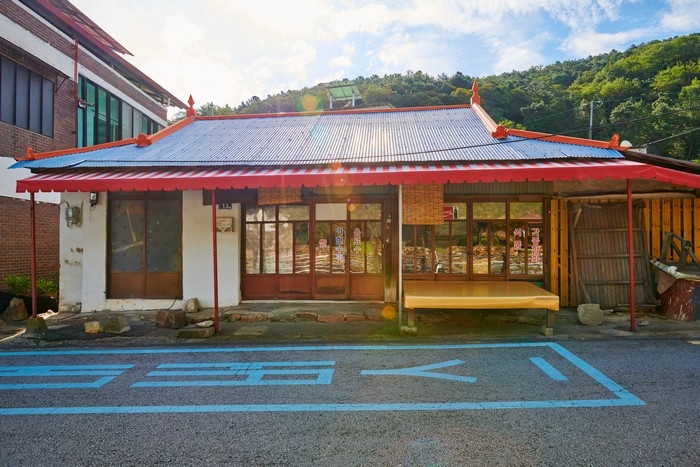
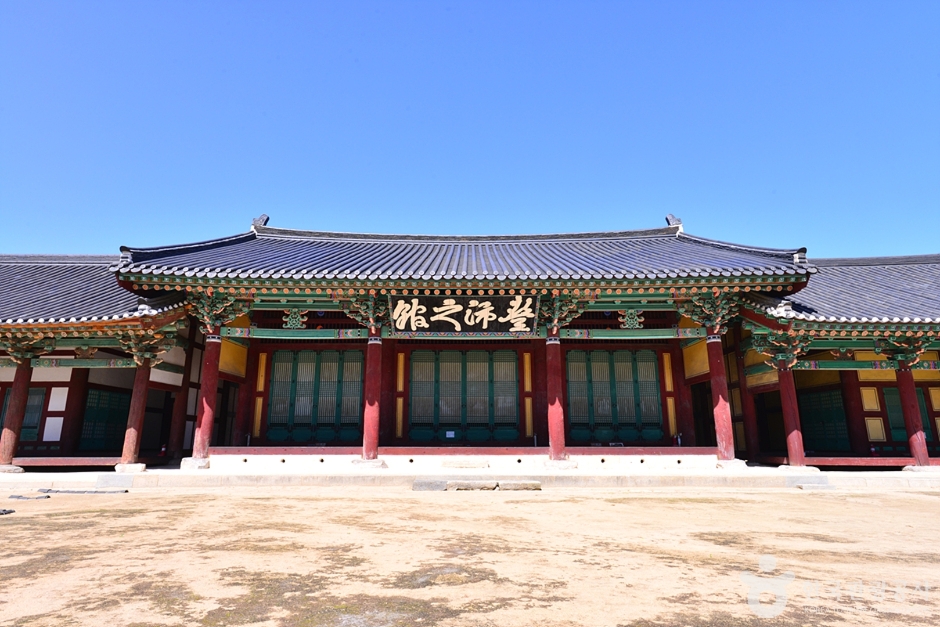


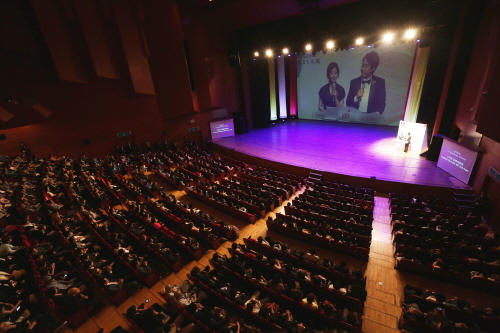
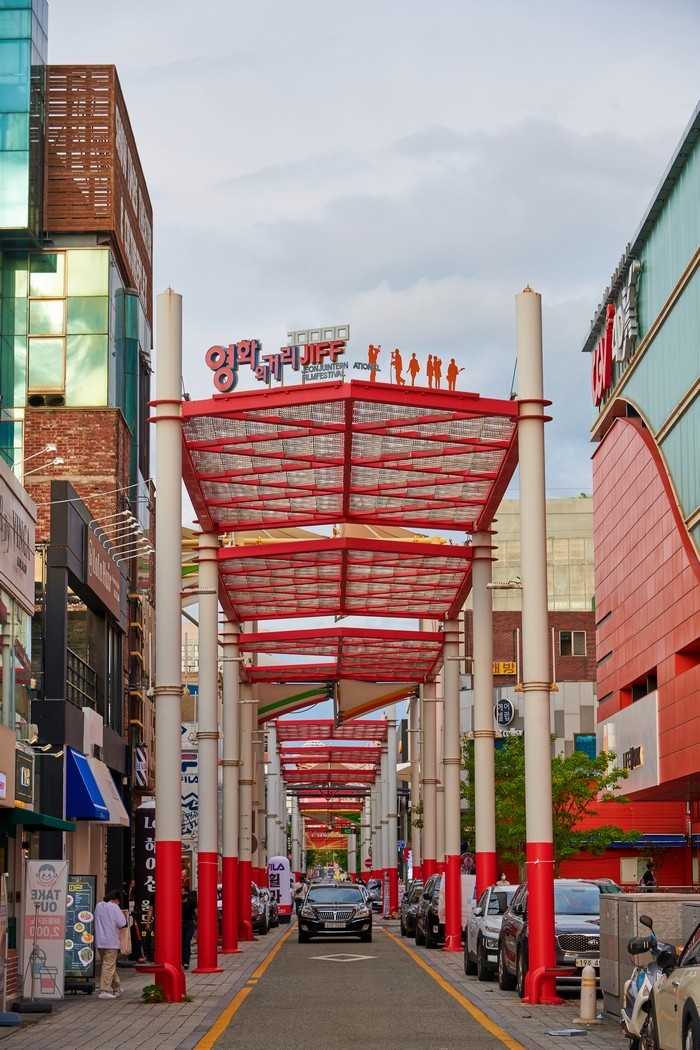
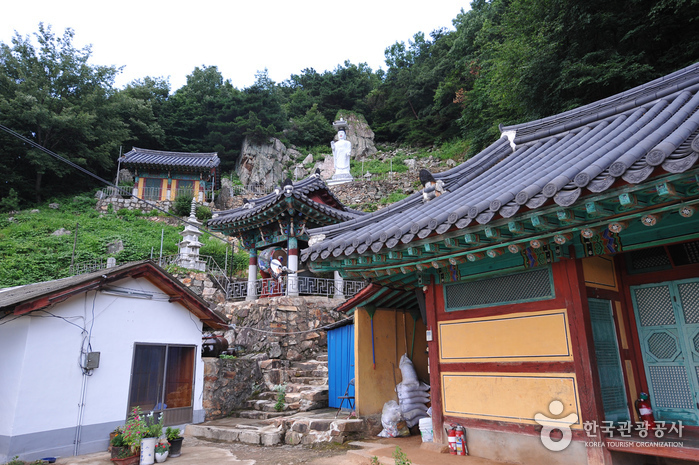
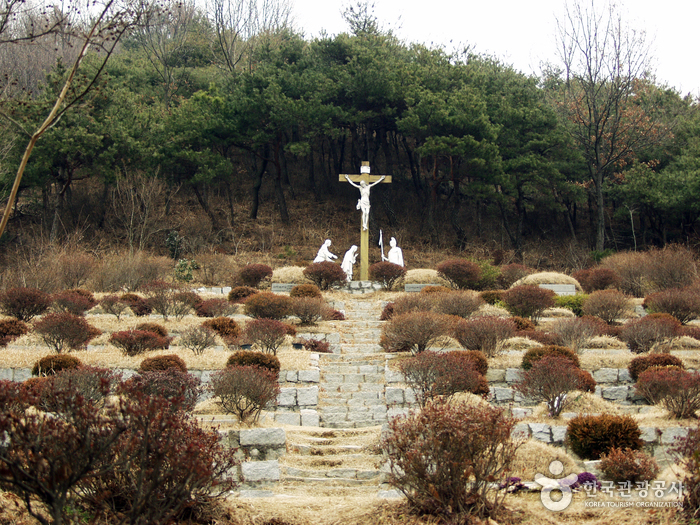
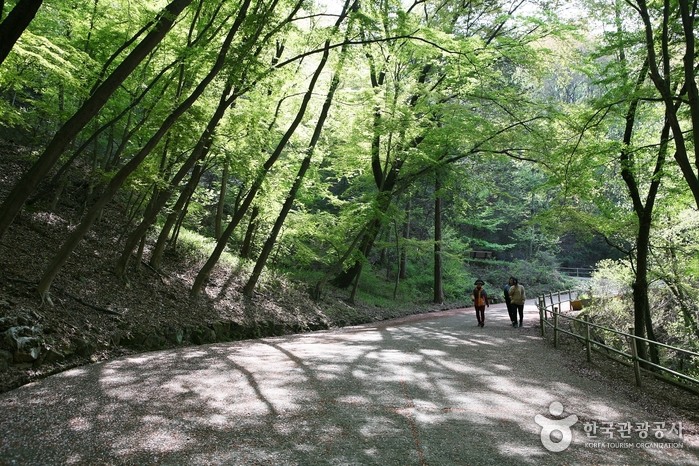
 Français
Français
 한국어
한국어 English
English 日本語
日本語 中文(简体)
中文(简体) Deutsch
Deutsch Español
Español Русский
Русский